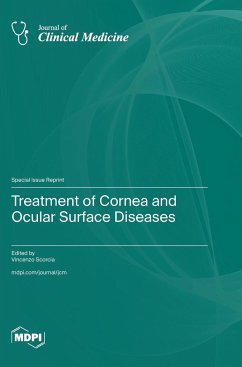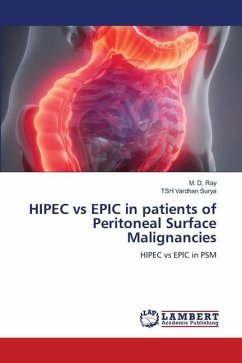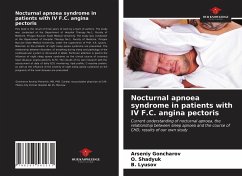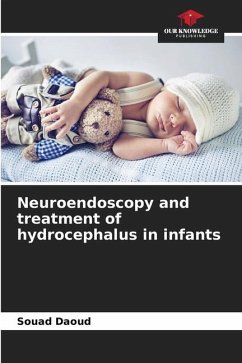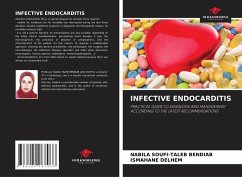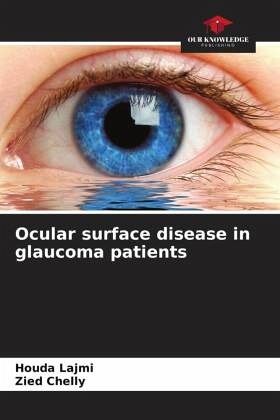
Ocular surface disease in glaucoma patients
Versandkostenfrei!
Versandfertig in 6-10 Tagen
29,99 €
inkl. MwSt.

PAYBACK Punkte
15 °P sammeln!
For a long time, damage to the ocular surface by antiglaucoma eye drops was trivialized by the ophthalmologist, whose main concern was to achieve the target pressure. Currently, thanks to the multiplicity of studies describing this interaction in vivo and in vitro, there has been a real awareness of the effects of preserved treatment on the ocular surface and the quality of life of the glaucoma patient. These anti-glaucoma eye drops used on a long-term basis are likely to cause a real disease of the ocular surface, either through the active ingredient or through the preservative, particularly ...
For a long time, damage to the ocular surface by antiglaucoma eye drops was trivialized by the ophthalmologist, whose main concern was to achieve the target pressure. Currently, thanks to the multiplicity of studies describing this interaction in vivo and in vitro, there has been a real awareness of the effects of preserved treatment on the ocular surface and the quality of life of the glaucoma patient. These anti-glaucoma eye drops used on a long-term basis are likely to cause a real disease of the ocular surface, either through the active ingredient or through the preservative, particularly in elderly patients, who often have a previous damage to the ocular surface.



